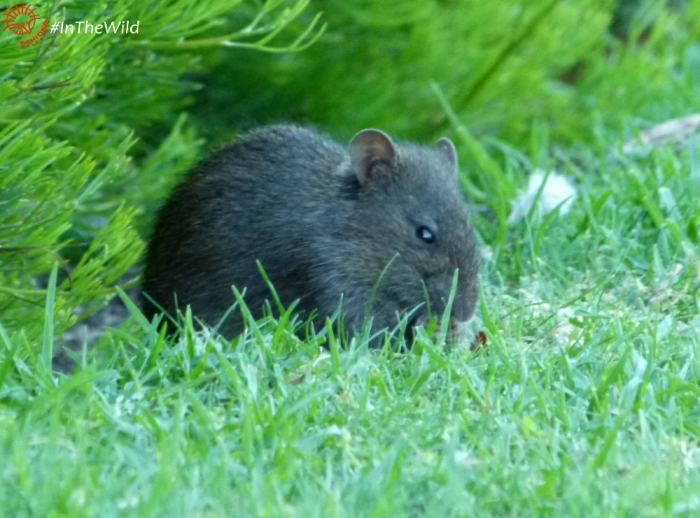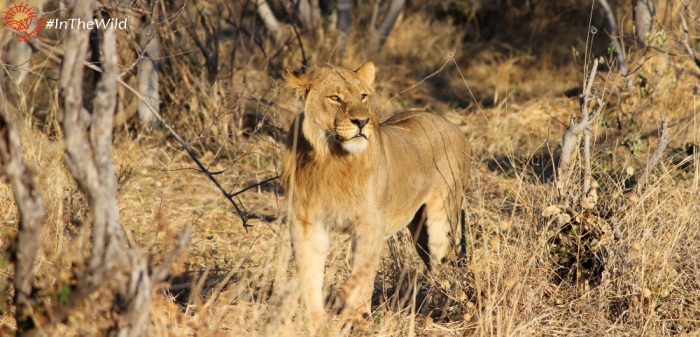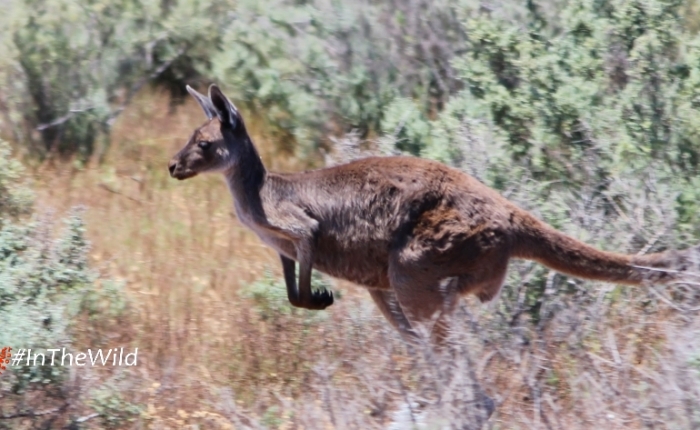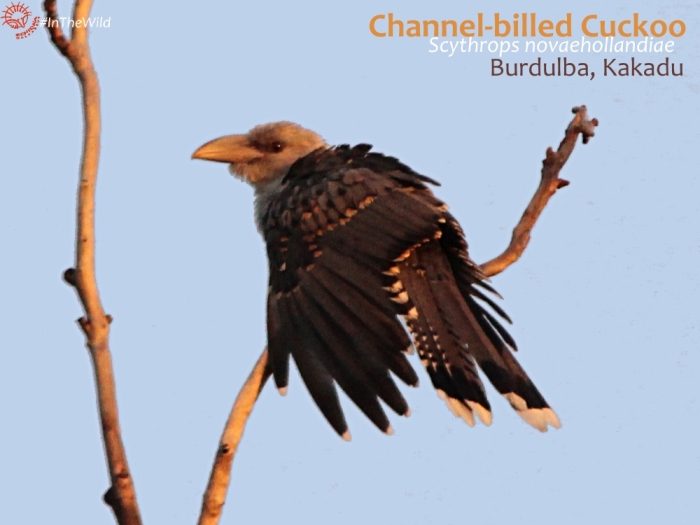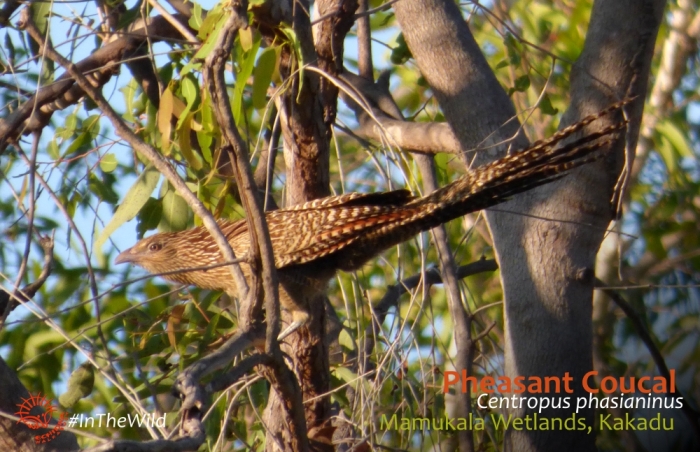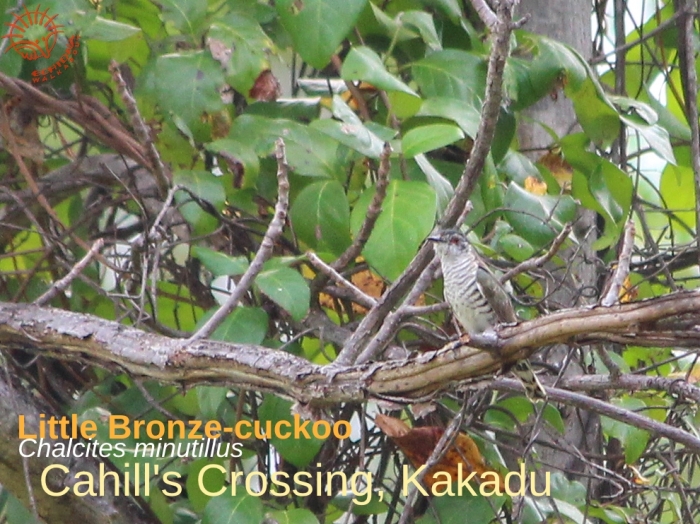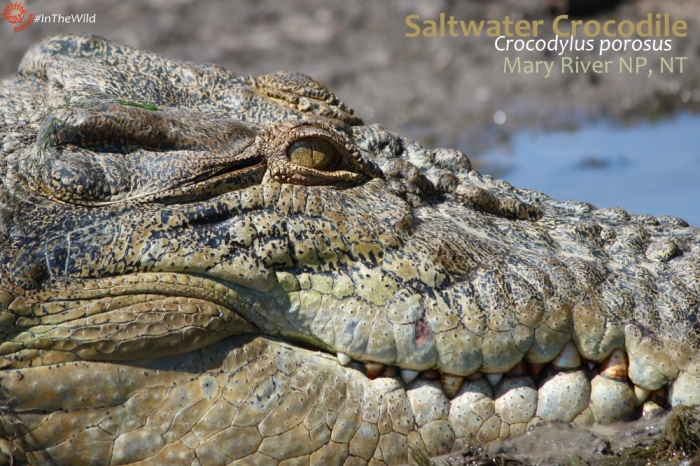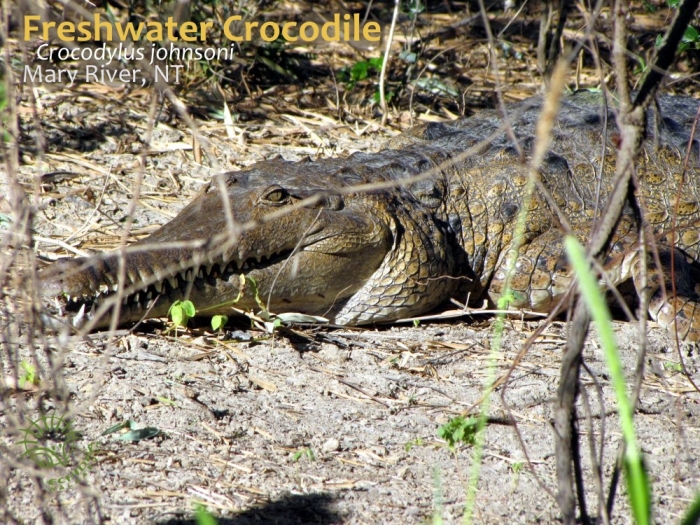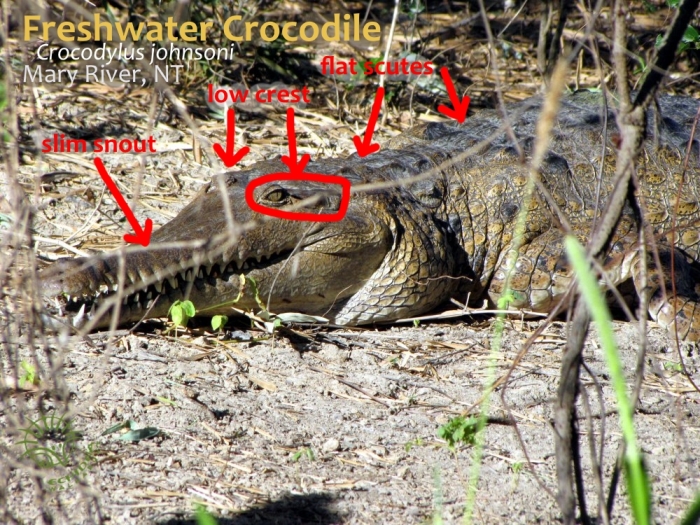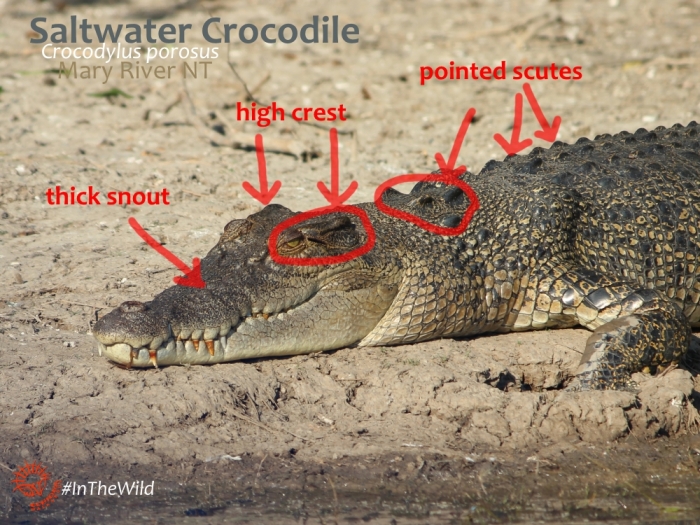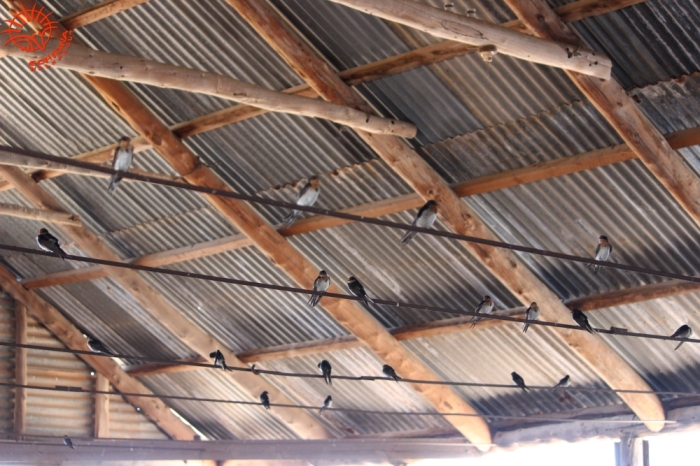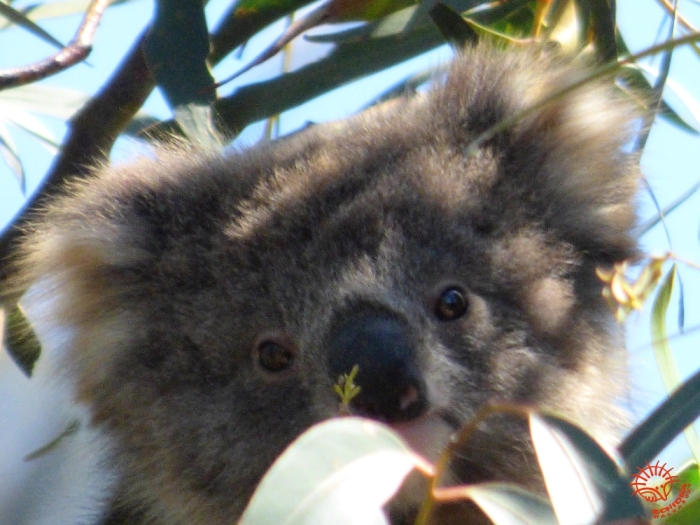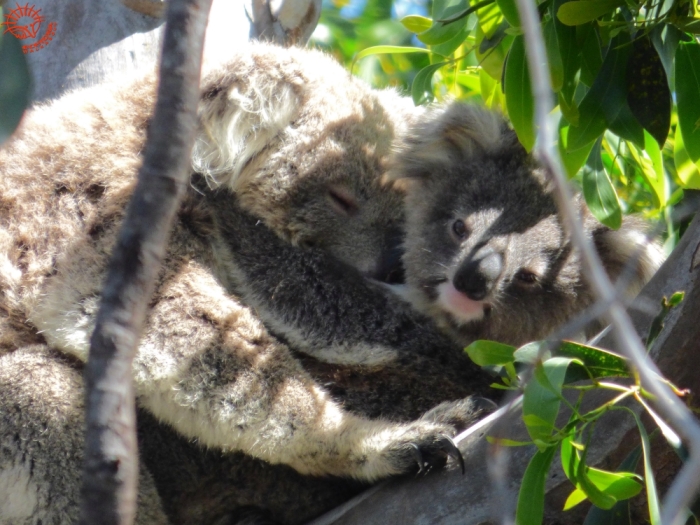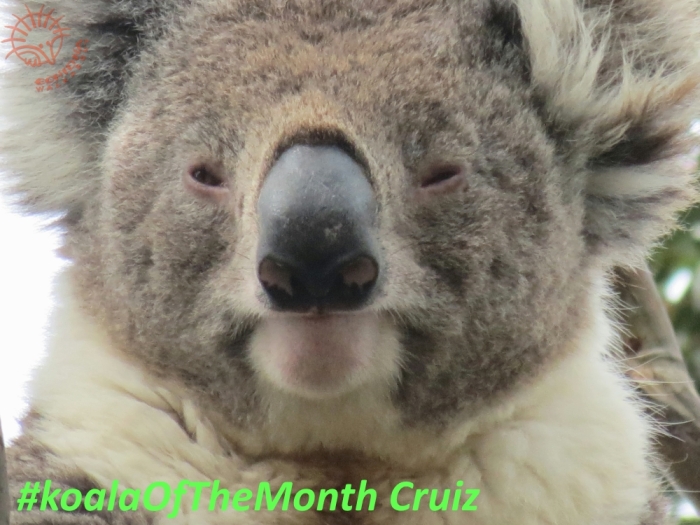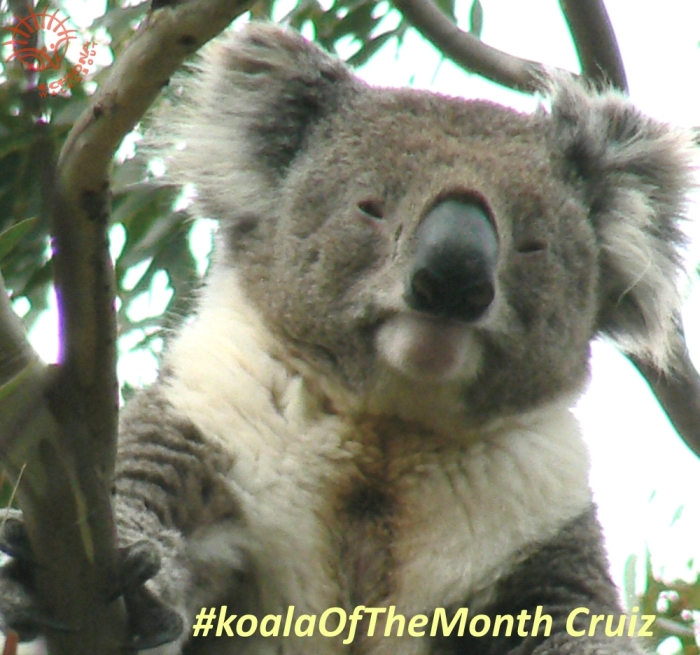A great wildlife experience is not about seeing animals. It is about understanding animals.
I love wildlife. Wild animals are my number one reason for living, and my main reason to travel. But seeing wildlife is only part of the experience.
Its the people who care for wildlife that make the experience.
In Africa in 2016 the rains had failed. At Klaserie, part of Greater Kruger in South Africa with our main Wildlife Guide Martin and our local Guide Enoch, we came upon a herd of magnificent, huge Cape Buffalo grazing beside the track.
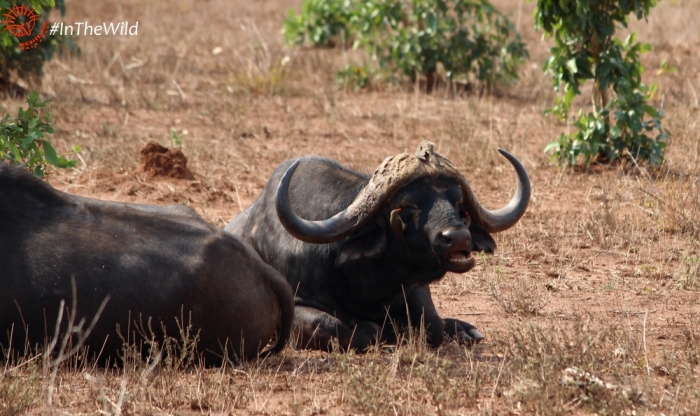
They were calm and placid, and seemed happy to graze within metres of us.
After a few minutes of photography, Enoch and Martin started telling us about the condition of the buffalo we were looking at. They were skinny, their hair patchy, and had many ticks.
With a great softness Enoch said “I feel sad for these buffalo.”
Martin then said, also with deep sadness “About half of these buffalo will not survive this summer.”
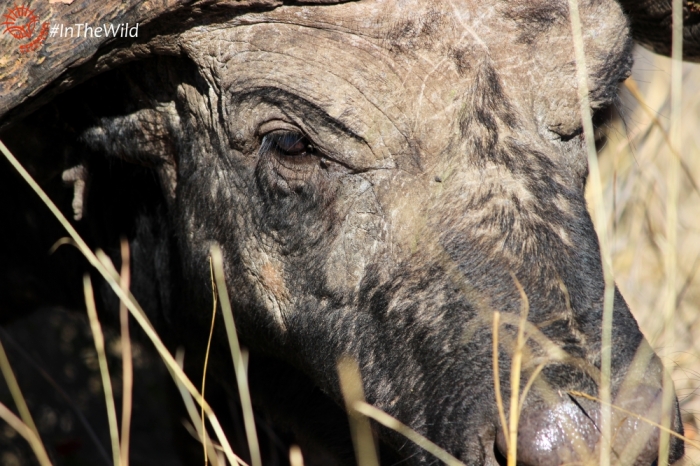
I looked at them differently from that moment. Where I previously saw an interesting animal, I now saw pride and courage. I saw hurt, and determination. I saw each buffalo as an individual, and I silently wished them luck.
I have never forgotten those Buffalo.
On another trip to Savuti in 2014 we witnessed one of the most magical sights in Africa. On our second day we drove out onto the marsh with Martin and our local guide Izzy. The rains had been kind that year, and brought water to Savuti after many barren years.
With excitement in his voice, Martin pointed out a dark smudge on the horizon. It was like a low cloud, or smoke – dark grey and thick and stretching for miles.
“The buffalo have come back” he said, grinning.
The cloud approached slowly, but we watched it all the way. Thousands upon thousands of Cape Buffalo, plodding slowly, grazing as they came. In time the herd filled our view from horizon to horizon.
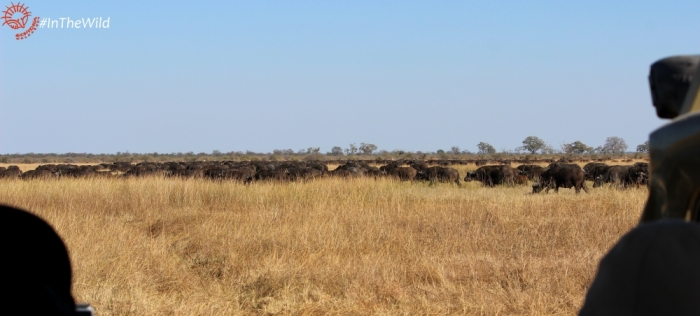
Buffalo only live on the Savuti Marsh when there is sufficient water to sustain them. They need to drink every day. It had been many, many years since they had been here. Knowing this from our Guides, we appreciated it fully – I think we sat in that open vehicle watching them for an hour.
I have never forgotten those buffalo, because a great Wildlife Guide helped me to understand them.
Both times, if I was without a Guide I might have seen a herd of animals. With a Wildlife Guide I understood the animals.
There is a big difference – seeing is momentary. Understanding is forever.
Wildlife Guide Martin runs wildlife safaris from June to September every year. Next trips are Kenya and Uganda in July 2018. Read more here: https://www.explorenature.com.au/upcoming-safaris/

Read why Australians should go to Africa.
Note from the author: I am a professional Wildlife Guide in Australia. I work with koalas & kangaroos, wombats and the birds of the south-east and with those species I don’t need a guide – I am the guide. My powers of observation, my general understanding of animals are pretty good. But outside of my region, and the species I know, I always try to travel with a Wildlife Guide. It is just better. There’s no way I could know enough about the animals of another country, or even another region of my own country – not ever, no matter how much I read and research before I go.
If you love animals do yourself a favour – get a great Wildlife Guide.
https://www.explorenature.com.au/upcoming-safaris/
https://echidnawalkabout.wordpress.com/2017/10/31/africa-our-brother-continent/


